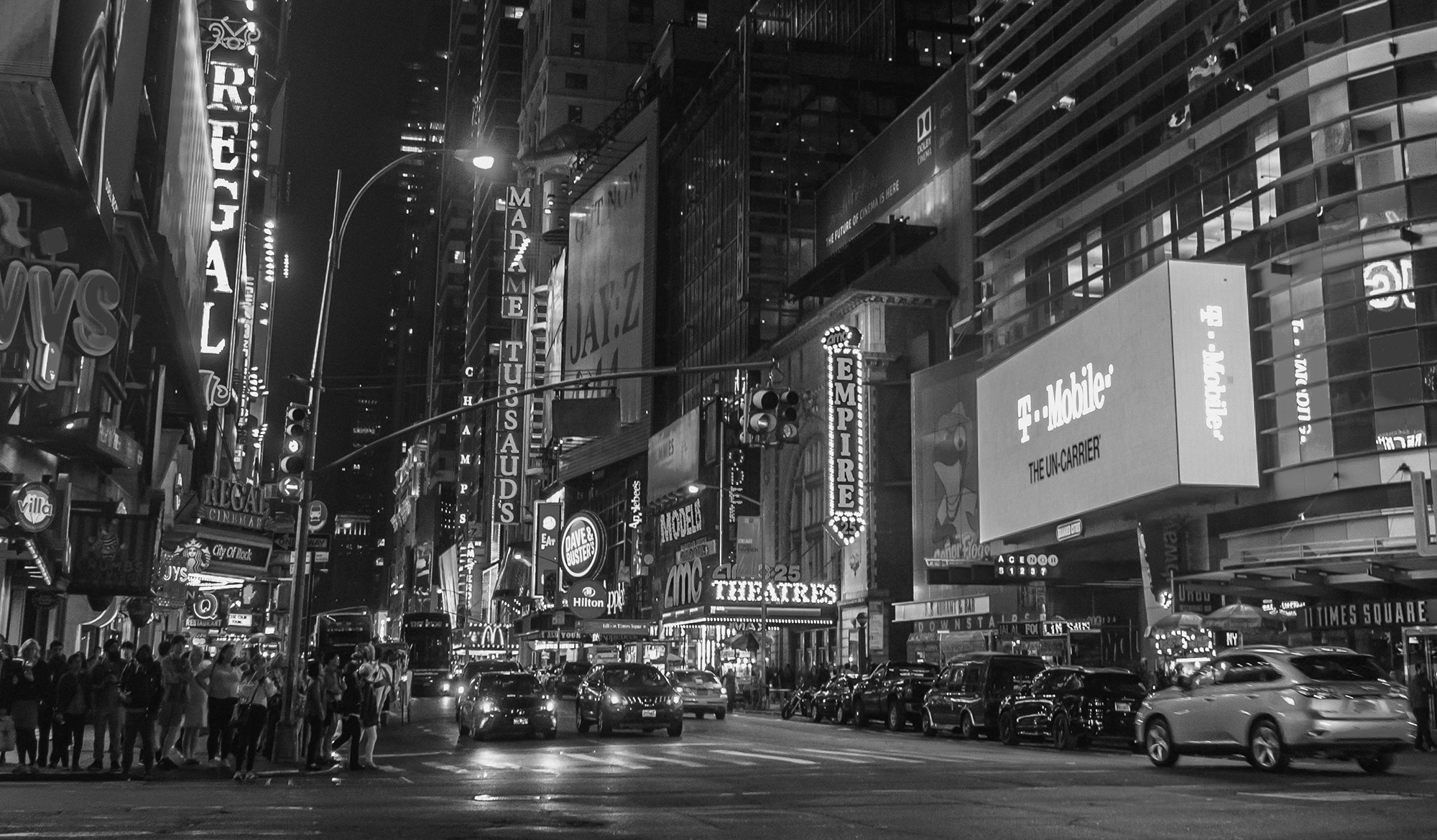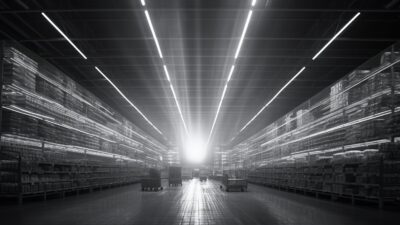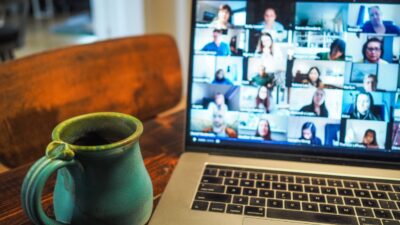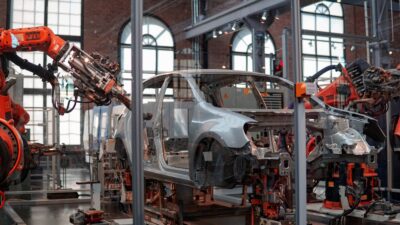
Smart brands use a crisis to build their reputations
When tough times suddenly arise, marketers need to re-boot their strategies in three phases. What to do now, what to do in the interim period as they wait for the future to become clearer, and what to do to prepare for when a recovery is possible.
The onset of COVID-19 has prompted many brands to seize the moment and act authentically in unexpected and troubling times.
French group LVMH was one of the first to act, converting its perfume and cosmetics production lines to make hand sanitiser for hospitals — free of charge. It was done with grace, with production well under way before any publicity, contrary to many of today’s brands who look for a quick headline.
Clothing retailer Zara repurposed factories to make masks and hospital gowns that were in short supply. Crocs offered free shoes for healthcare workers, Subway offered discounted food, and Uber Eats in the US and Canada promised free delivery.
Lush provided free public handwashing facilities in their stores. Many supermarket brands followed the lead of the UK’s Iceland stores and created special opening hours for elderly customers. Some banks did the same. Alibaba built an online platform to connect medical goods suppliers to frontline medics. And Amazon, Microsoft, IBM, Google and others teamed to provide 16 supercomputers to help researchers find a vaccine.
Other brands such as Coca-Cola and Nike quickly produced COVID-19 health and safety messages for the media. Facebook supported its small business community with a $US100bn ($162bn) help fund, and agreed, along with other tech firms, to be part of a large Hackathon spearheaded by the WHO, to build software to tackle the challenges of the virus.
All these brands moved quickly in the initial crisis phase to genuinely help.
No doubt many of these businesses also have their eye on the future, and what to do next from a marketing point of view when the crisis ends. Until then, history tells us, a combination of prudent cost cutting and smart investment is the optimal way to set your brand up for success post-recovery.
But as we begin to live with Covid-19, we face a world in which consumer behaviour and media habits have changed suddenly with people being isolated at home.
In the first two weeks of March, television viewership rose 6 per cent in Australia, and off-peak shows were up 7 per cent. Daytime television in the US was up by 16 per cent. Australian readership on news sites was up close to 30 per cent.
In Asia, home streaming increased by 42 per cent. Streaming increases here had the Federal Government asking Google, Amazon and Netflix whether it was possible to drop their video quality to reduce the load on the network.
Browsing on social media jumped 10-20 per cent. Influencer marketing has effectively been put on hold in the tourism and travel sectors, but is still doing well in fashion, beauty and retail. Billboards are being seen much less, with Melbourne and Sydney’s traffic movement in the last week of March at 20 per cent of their normal levels, airports on minimal schedules only, and sporting arenas closed. And with cinemas closing, a popular media channel suddenly became unavailable to advertisers.
Consumer behaviour has shifted quickly. People are staying local, eating at home together, and doing more online — education, meetings, shopping, and group activities such as yoga, dance and book clubs. Wipes and sanitiser have become the new norm. And all while consumer confidence has hit a 30-year low.
The opportunity for brands is to be customer focused, agile and tactical. Many brands have moved quickly to meet the changing needs of customers. Restaurants and cafes moved to takeaway and delivery only. Some, such as Fratelli Fresh, decided to sell online the produce they had ordered for their lunch and dinner trade, effectively becoming restaurant quality grocers, while retailers have moved much of their marketing and media efforts online. In China, Nike’s online sales rose 30 per cent during the coronavirus outbreak, while three quarters of their stores were closed.
Marketers should use this interim period to prepare for the recovery: the opportunity is around smart marketing investment. Whether it is R&D, new product development, improving your current product or customer experience, upgrading digital platforms, re-evaluating your distribution, changing pricing models, or increasing brand advertising versus competitors.
Research from previous downturns shows brands that increased their marketing spend during tough times grew market share three times faster afterwards. And brands that maintained or invested more in advertising during the 1991 recession, had a five year sales advantage of 25 per cent over their competitors who did not. Given Binet and Field’s studies that show that a 10 per cent share of media voice advantage equates to about a 1 per cent market share gain, there may not be a cheaper time comparatively to acquire market share from competitors.
There has never been a more challenging time for Australian marketers. The better operators are resilient and entrepreneurial and know how to learn from the past as they guide their brands into an uncertain future. One step at a time, from now, to the interim period we’re entering, and then into preparing their brands for a recovery.
Learn more about how brands are adapting to the COVID-19 crisis
Andrew Baxter joins Sandra Peter and Kai Riemer on The Future, This Week.
This article was originally published in The Australian’s The Deal Magazine. Read the original article.
Note: rights to this article belong to the original publisher, The Australian’s The Deal Magazine. please contact them for permission to republish.
This is part of a series of insights related to Coronavirus (COVID-19) and its impact on business.
Image: Nik Shuliahin on Unsplash
Thought leader, marketer and board director, Andrew Baxter is the Senior Advisor at KPMG's entrepreneurial Customer, Brand & Marketing Advisory business, a Senior Advisor at BGH Capital, as well as the Adjunct Professor of Marketing at the University of Sydney, and a Non-Executive Director at Australian Pork and Sydney Symphony Orchestra.
Share
We believe in open and honest access to knowledge.
We use a Creative Commons Attribution NoDerivatives licence for our articles and podcasts, so you can republish them for free, online or in print.






